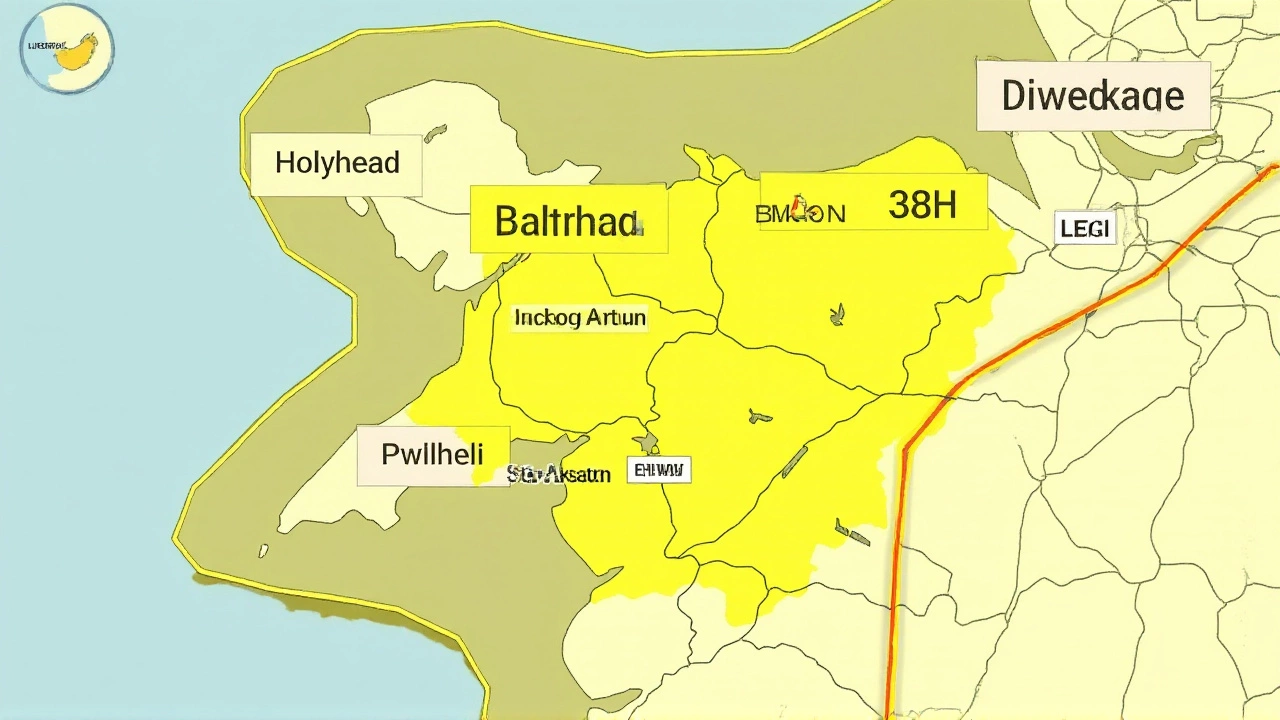Met Office: How Weather Shapes Soccer Talk
When you hear Met Office, the UK’s national weather service that issues forecasts, warnings and climate data. Also known as UK Met Office, it plays a key role in everyday decisions. One of its core products is the weather forecast, a short‑term outlook on rain, wind, temperature and sunshine. Clubs and fans alike rely on these forecasts because they directly shape soccer performance, how players move, shoot and stay safe on the pitch. The same service also provides climate data, long‑term records of temperature trends and precipitation patterns, which clubs use for season‑long planning. In short, the Met Office delivers weather forecasts, which influence soccer performance, and supplies climate data that supports strategic decisions.
Why Weather Matters for Soccer
Imagine a rainy Saturday at a local ground. A sudden downpour can turn a fast‑breaking game into a slippery slog, forcing coaches to swap out high‑speed tactics for more grounded play. A reliable weather forecast lets managers adjust line‑ups, decide whether to field a pace‑focused winger or a sturdy defender, and even choose the right boots for the pitch. Players also use forecast data to warm‑up properly; a cooler temperature means more time spent on dynamic stretches, while a hot day calls for extra hydration breaks. Even the referee’s decision on whether to delay a match often hinges on the Met Office’s warning alerts. Fans planning a trip to the stadium check the forecast to decide on jackets, umbrellas, or sunscreen, and broadcasters schedule pre‑match shows around expected conditions. All these choices flow from the same source: accurate weather prediction.
The impact goes beyond the 90 minutes. Training sessions scheduled for early evenings can be ruined by high winds or unexpected frost, which can increase injury risk. Clubs track climate data over months to decide when to install heated pitches, invest in better drainage, or schedule indoor drills. Youth academies look at long‑term climate trends to plan outdoor camps, ensuring that young players get consistent practice time without weather‑related cancellations. Even ticket sellers use forecast models to predict attendance, adjusting pricing or offering promotions on days when rain is likely to keep stands full. In each case, the Met Office’s data becomes a planning tool that saves money, improves safety and keeps the game flowing.
All this shows why a solid grasp of weather information matters to anyone involved in soccer, from the first‑team manager to the casual supporter watching from home. Below you’ll find a curated set of posts that dive deeper into specific angles: how to choose the right cleats for muddy fields, ways to read a match‑day forecast and tweak your game plan, the science behind temperature‑related fatigue, and real‑world examples of clubs that turned weather challenges into competitive edges. Whether you’re looking to boost personal performance, streamline club operations, or simply stay ahead of the next drizzle, the collection offers practical tips, expert insights and real stories that put the Met Office’s data to work on the pitch.
